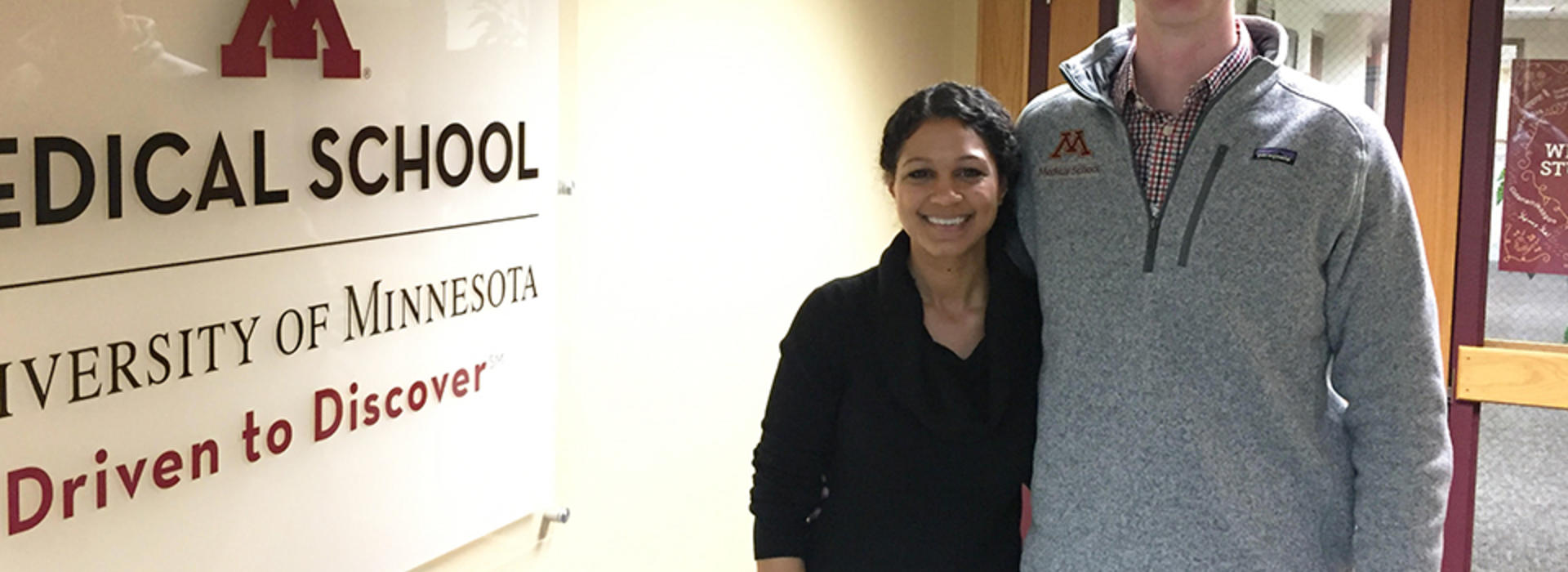
UMN Medical School Students Join National Resource Stewardship Cohort to Advocate for High-Value Care
The high cost of medical care remains a frequent criticism of the United States healthcare system. One way of combating that cost, says the U.S. STARS (Students and Trainees Advocating for Resource Stewardship) program, is reducing “low-value” care – unnecessary or ineffective tests and treatments that add cost while contributing little to a patient’s eventual health outcomes.
For University of Minnesota Medical School first-year students Lauren Rose and Luke Klugherz, joining the U.S. STARS cohort during its inaugural year was an exciting opportunity to make an impact on their field.
“My interest was sparked when I spoke with a physician about strep throat. He talked about how he didn’t use antibiotics to treat strep because left untreated it would go away on its own. This made me think – what else are we doing that causes more harm than good?” says Klugherz. “Simply starting a conversation between students could make a huge impact.”
According to the Choosing Wisely STARS program website, the initiative determines high-value care based on four criteria, supporting care that is “supported by evidence, not duplicative of other tests or procedures already received, free from harm and truly necessary.”
The cohort, which brings together 50 students from around the country representing 25 different universities, is based on a model that originated in Canada in 2015. For Klugherz and Rose, it’s a fitting response to a well-known problem.
“As medical students with the current healthcare climate we constantly hear about the broken system we’re going into, and how medicine is going to have to change in order to fix the issue,” says Rose. “This work is important and it seems like a tangible way that I can help to fix the problem.”
Learn more about the U.S. Stars Program.